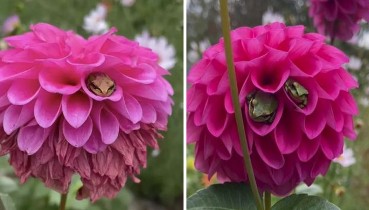
Potoos (family Nyctibiidae) are a group of birds related to the nightjars and frogmouths.
Potoo bird is one of the most interesting birds that you could have ever known. No doubt that Potoo is the master of camouflage. They mostly live in the forests of Central and South America. And they take attention with their large mouth and bulging yellow eyes, if you are good enough to realize them with sharp eyes…
The potoos are today an exclusively New World family, but they apparently had a much more widespread distribution in the past. Fossil remains of potoos dating from the Oligocene and Eocene have been found in France and Germany. A complete skeleton of the genus Paraprefica has been found in Messel, Germany. It had skull and leg features similar to those of modern potoos, suggesting that it may be an early close relative of the modern potoos. Because the only fossils other than these ancient ones that have been found are recent ones of extinct species, it is unknown if the family once had a global distribution which has contracted, or if the distribution of the family was originally restricted to the Old World and has shifted to the New World.
A 1996 study of the mitochondrial DNA of the potoos supported the monophyly of the family although it did not support the previous assumption that it was closely related to the oilbirds. The study also found a great deal of genetic divergence between the species, suggesting that these species are themselves very old. The level of divergence is the highest of any genus of birds, being more typical of the divergence between genera or even families. This raises the possibility that there are several cryptic species to be discovered. For example, the northern potoo was for a long time considered to be the same species as the common potoo, but the two species have now been separated on the basis of their calls. In spite of this there is no morphological way to separate the two species.
Potoo birds spend their day resting beneath the rainforest canopy pretending to be trees. They are nocturnal, so to avoid detection during the daytime, they perch motionless on dead or dying trees. What makes them nearly impossible to spot is their color pattern which helps them appear like extensions of branches.



